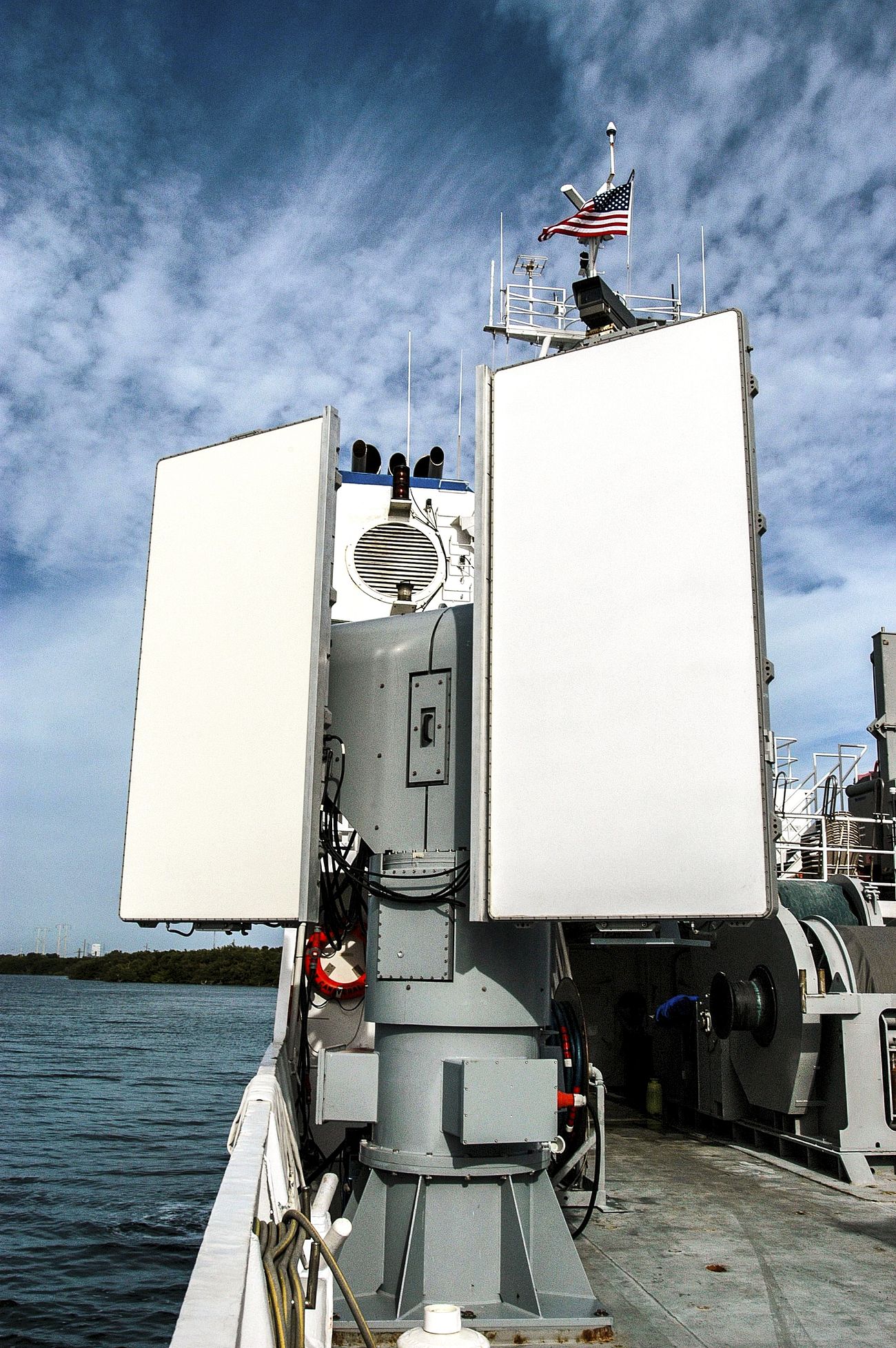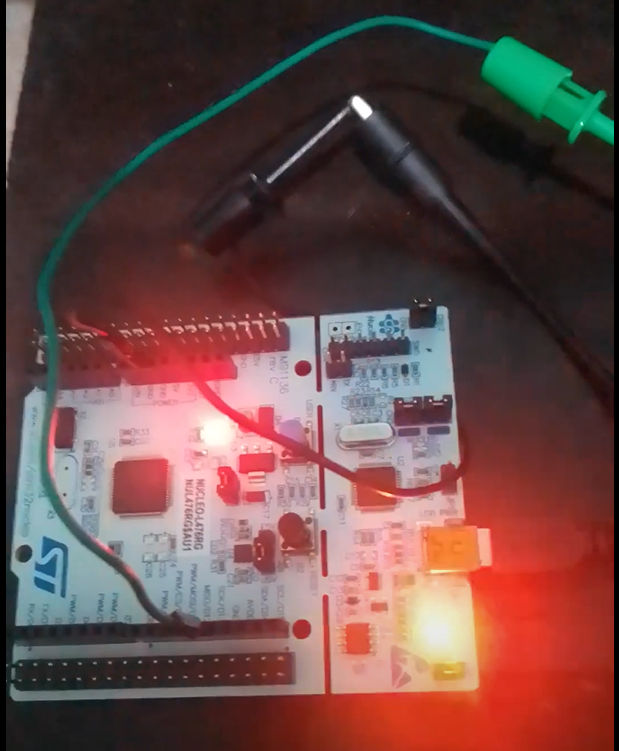I have spent a lot of time in the last month studying good hardware and software alternatives to meet the functional safety requirements of projects, both low medium, and high complexity.
All this without incurring costly royalties and licenses.
Platforms like ST’s STM32, STM8, and Microsoft’s Azure RTOS came on my radar.
For several reasons, operating systems such as FreeRTOS and Zephyr RTOS have major impediments as they cannot easily be adapted to be used in such scenarios. (although there is some community effort to make Zephyr RTOS capable)
I will talk about what I have found so far.
Functional Safety is a complex topic that covers a series of rules, methods, tests, and care throughout the design, development, testing, and placing of the embedded solution on the market.
Regarding hardware, some are simpler to use when we think about mission-critical applications with high safety requirements against material damage, personal injury and/or death.
ST offers hardware that easily meets the requirements of the various functional safety standards in the STM8 and STM32 families.
Furthermore, there is a guaranteed license for the free use of Azure RTOS, which has different certifications for functional safety.
Perhaps this combination (STM8/STM32 hardware + Azure RTOS) is the simplest for an application to go to market, even when we consider small developers of embedded solutions.
In turn, FreeRTOS, the most used open source operating system on the market, lacks data-checking features, logical and physical separation of application resources, and code adaptation to MISRA C and/or other standards.
It cannot be easily adapted to offer all these features.
There is a derivative of it, called SaferRTOS, which delivers all this, but with proprietary code and which has a non-negligible cost for small producers of embedded applications.
We also have the Zephyr RTOS.
This is a beautiful operating system that completely separates the operating system, drivers for controlling hardware, and application code. It ends up looking a lot like Linux, including a shell that can be used to interact with the embedded device.
It has an initiative to adapt architecture and code to meet functional safety certifications, which, however, has no deadline for delivery and no guarantee that it will be completed.






